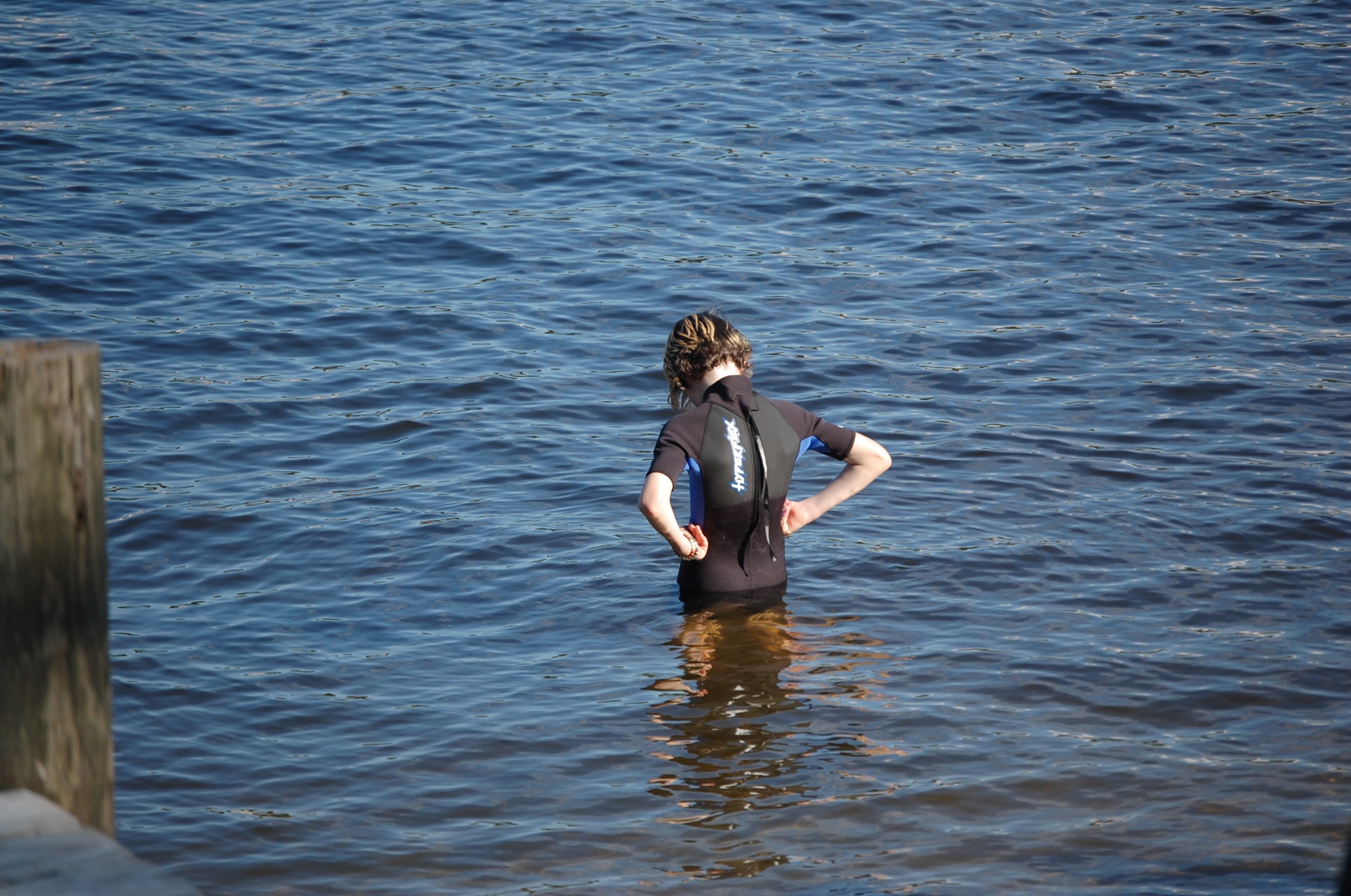The Monster Under the Surface
A few summers ago, my 11-year-old son announced he wasn't going to swim in the lake during our annual vacation. At all. All week.
He sat with the adults, watching other kids on the water trampoline and rope swing. A few times, he'd walk to the dock's edge, look into the water, then quickly return to his chair. I could tell he wanted to join them, but something was blocking him.
By day two, avoiding the water wasn't helping - whatever was happening inside him was growing stronger.
After another day of tension and self-imposed suffering by the water’s edge, I brought him back to the cabin. I took out my paints and sat with him. Then gently, I started asking him to describe what was happening.
- How did his body feel near the lake? "Jittery. Nervous."
- His stomach? "Sick, with knots."
- His mind? "I'm having really bad thoughts."
He was visibly distressed.
I handed him a pencil and said, “If this were a cartoon, what would we see that shows what the main character is feeling when he’s thinking about jumping into the lake?”
I told him I wanted to understand it better, and that a picture might help.
He drew for a few minutes, then showed me. He explained that the part of the lake he couldn’t see was what scared him most.
We used paints to bring the scene to life.

I told him I’d had similar fears, and talked about how emotions can offer useful information and warnings, but that it's also important to look at the evidence before choosing what to do.
I explained that his jittery feeling wasn’t something wrong with him, just his body saying, “Pay attention. Something feels uncertain here.” And that the bravest people learn to use a combination of physical signals, emotional cues, and facts to make wise decisions.
And, then we talked facts: In 100 years, there had been no monster, fish, or gator attacks at Indian Lake. In all our years coming, he said, he'd never felt a fish brush his legs. Then he added one more piece of evidence: “all the fish we’ve seen here are actually small and might actually be scared of the swimmers”.
By the end of our painting session, something had shifted. The fear wasn’t gone, but the monster now had shape, color, and a story. It wasn’t nameless dread anymore, it was something he could see and understand.
And about an hour later, he said, “I want to try again,”.
He put on a wetsuit, grabbed a towel, walked back to the lake, and in he went. I took this photo to memorialize his moment of bravery.

I think about that painting- whenever people talk about anxiety.
Anxiety is that monster under the surface we can’t quite see. It drives our worst fears, makes our hearts race, and causes us to act in ways that feel completely out of character. And avoidance only keeps it alive.
“What you resist, persists.” — Carl Jung
So the real question isn’t how to make anxiety go away, but how to sit with it long enough to understand what it’s trying to tell us.
Here are three ways to meet anxiety with curiosity:
- Name it: What does your body feel? Where? What thoughts are coming up? Tell someone, or write them down.
- Draw it: What would this look like if we could see it? Give your fear shape, color, and a story.
- Check the facts: What’s actually true here? What evidence supports—or contradicts—these worried thoughts?
That day by the lake, my son learned that anxiety doesn’t disappear through force, but it softens when we listen. When we can accept it, name it, and give it form, we get to choose how to respond… instead of letting it choose for us.

Member discussion